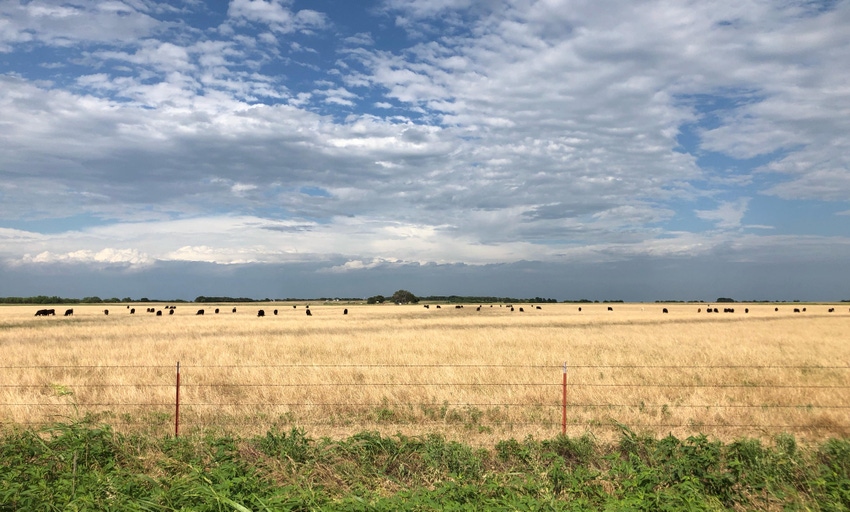Rising feed inputs increase need for scrutinizing feed programs.
June 14, 2021

Beef producers can offset rising feed prices with changes in their operations, according to University of Missouri Extension beef nutritionist Eric Bailey.
“It’s time to literally cut the fat from cow-calf operations,” said Bailey.
Rising corn and soybean commodity prices are making their way downstream to feed prices, putting a pinch on profits.
For example, pelleted soybeans sold for $115 per ton in June 2020. By May 25, 2021, they sold at $170 per ton, according to a USDA Agricultural Resource Management Survey. Other input costs, such as fuel and fertilizer, also are rising.
Trim supplemental feed budgets when not calving
Consider body condition scores (BCS) when cutting costs, Bailey said. Cattle don’t have to be in a preferred body condition score of 5 or higher (on a scale of 1-9) year-round. A BCS above 5 matters most at calving time. Good scores during this time also determine how long they are infertile after calving. Producers can trim supplemental feed budgets other than at calving time.
Now is time for hay tests
Surprisingly, new crop hay markets remain mostly steady, according to the May 27 Missouri Direct Hay Report.
“Good hay is undervalued in today’s market and bad hay is overvalued,” Bailey says. “The challenge with buying or selling hay is that they don’t come with feed analysis attached.”
Many producers find it easy to skip hay testing when cattle are in good shape and hay is cheap. Now that margins are tight, hay tests are “an invaluable tool in your toolbox,” Bailey explained. Focus on protein and energy to get the most bang for your buck, he added.
Plan for winter feeding
Bailey said it is also important to plan now for winter hay feeding.
With corn market futures still at $6.00 per bushel, consider alternative feed sources and have feed tested. Feed test data may be confusing and overwhelming.
Keep in mind that two major data points matter: total digestible nutrients (TDN) and crude protein levels. “That’s it unless there is a problem,” Bailey said. If there is a problem, examine minerals, ratios and specific deficiencies.
Graze good-quality forages
This is a good year to graze high-quality forages to cut feed bills, and Bailey said planning to stockpile tall fescue for winter grazing should begin before fall.
The quality of stockpiled fescue declines over the winter, but the decline is not significant until January or later. If the decline is not significant, nutrient requirements will be met for dry, non-lactating cows.
When supplementing is necessary
There will be times when producers need to supplement. When this happens, consider price per pound of TDN, Bailey said.
How much TDN does each pound of supplement offer? Under current prices, soyhull is one of the best values per pound. Other high-TDN supplements include DDGS, corn and alfalfa.
Consider adding high-quality supplements to lower-cost supplements. This may add to labor costs.
Ionophore cattle additives also boost feed efficiency and average daily gain, Bailey explained. When feed prices are high, adding ionophores to mineral and other feed supplements are a good choice to improve animal body weight.
Tips for backgrounding, preconditioning
Calculate feed cost of gain per pound. Is the weight gained worth the cost per pound? Consider if there is a way to make the feed cheaper or to feed it more efficiently such as buying in bulk or feeding a single commodity instead of a blend.
Bailey suggests feeding high-quality forages to calves to support weight gain or trying alternative feeds such as burned soybean, hominy or grain screenings in rations. He recommends no more than 10% of alternative feeds in rations without the guidance of a professional.
You May Also Like



